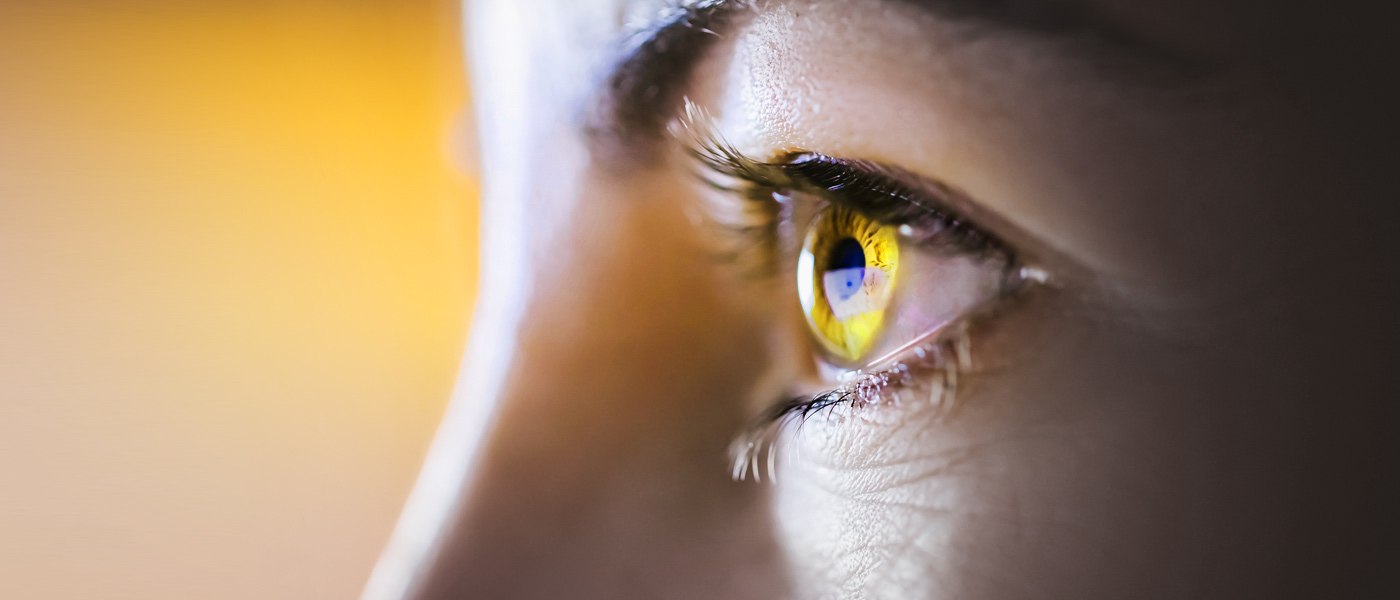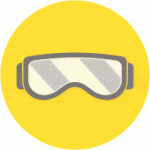Everyday life can present numerous hazards to our eyes and vision. Tasks such as cooking, cleaning and gardening, or more specific tasks required for work, can all present high-risk situations for our eyes.
Our eyes are extremely delicate and permanent vision loss could result from relatively minor injuries. Being careful by taking some precautions and wearing the right protection may be all that’s necessary to protect our precious eyes from harm or the risk of losing our vision.
Eye safety at work
Some workplace environments can present high risks to eye safety.
Any job that involves airborne particles or hazardous substances pose a risk to eye safety. Handling chemicals under high pressure or managing a strap under tension, which may suddenly release, are added risks.
Proper prevention measures must be adhered to in the workplace to reduce the risk of injury. It is important to pay attention to your working environment and always wear eye protection according to the task. If you feel you are at risk it’s vital to talk with your employer about this before an injury occurs. Nothing is worth potential harm to your vision.

Eye protection products
We have only one pair of eyes. We must protect them!
There is a plethora of products available on the market, so it’s important to talk to your optometrist who can make an informed recommendation about what you may need, according to the type of activities you undertake.
Safety eyewear must conform to a higher standard of impact resistance than regular glasses, and these higher standards apply to both the lenses and the frames of safety eyewear.
What to do in the case of an eye injury
If you suffer any eye injury, contact your optometrist immediately for advice.
Injuries that seem minor can sometimes cause permanent damage, including vision loss. Treatment may differ depending on the type of injury, but may include:
- Cuts, punctures or embedded objects: do not rub the eye. Do not wash or flush the eye. Do not try to remove an embedded object. Gently cover the injured eye with an eye pad or tape.
- Dust or loose particles: do not rub the eye. Flush the dust or loose particles with clean water or saline from your first aid kit.
- Chemical splash: do not rub the eye. Flush with clean running water for 20 minutes to dilute and rinse out any chemicals that may have contacted your eyes.
These suggestions are in no way a substitute for professional medical help, and all eye injuries should be treated as potential emergencies. If you have hurt your eye, contact or visit an optometrist or hospital immediately.










